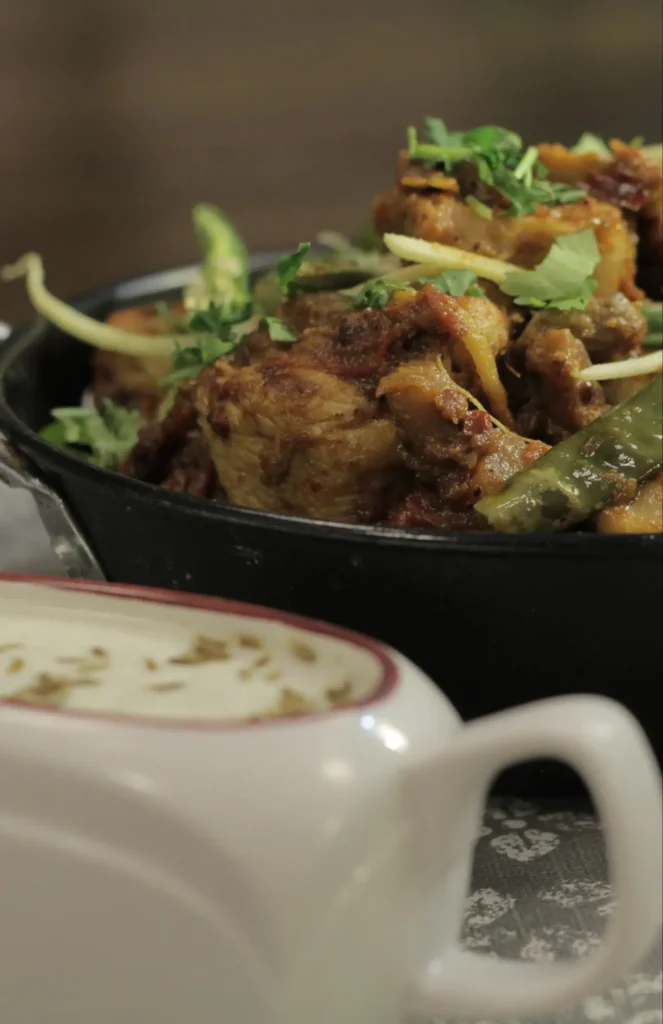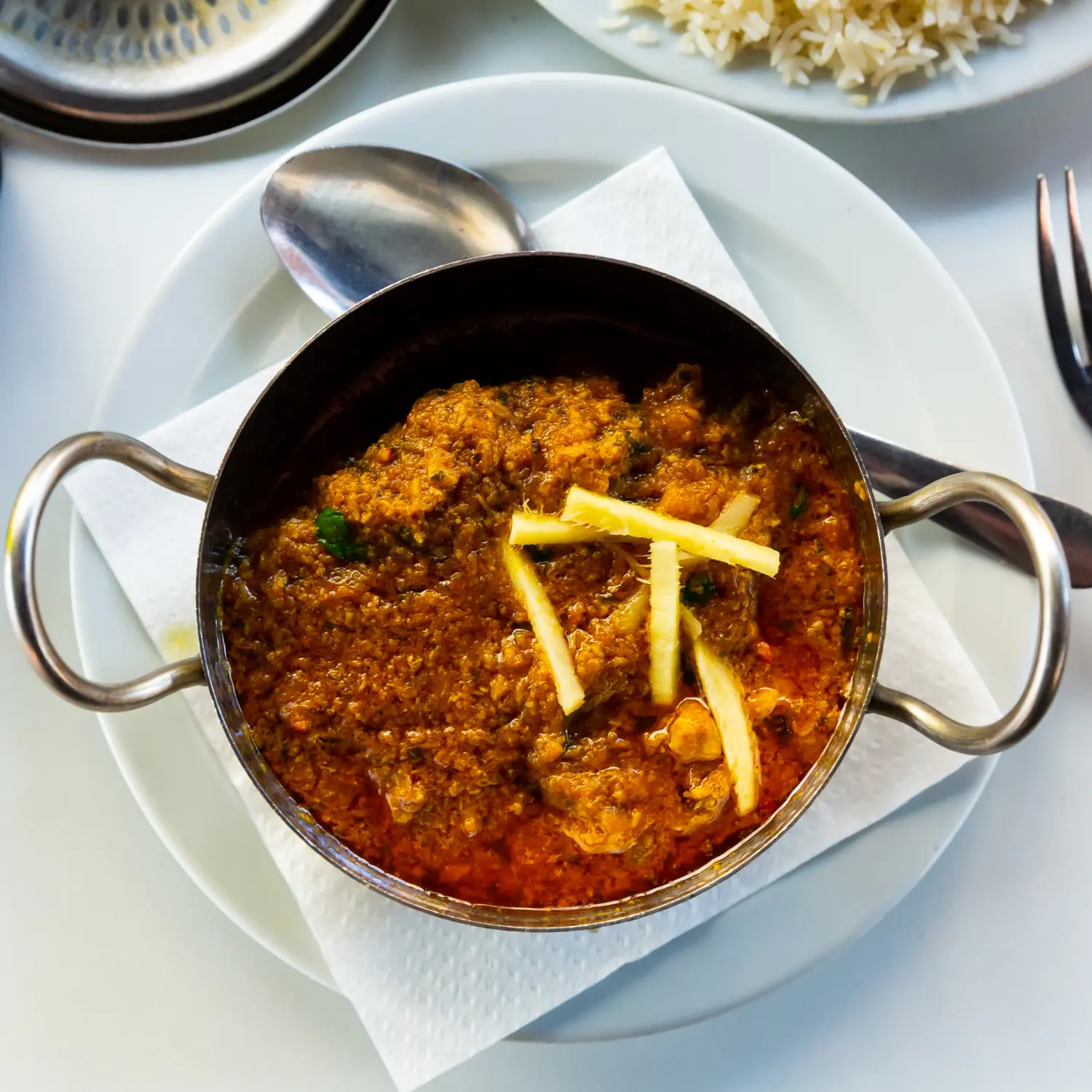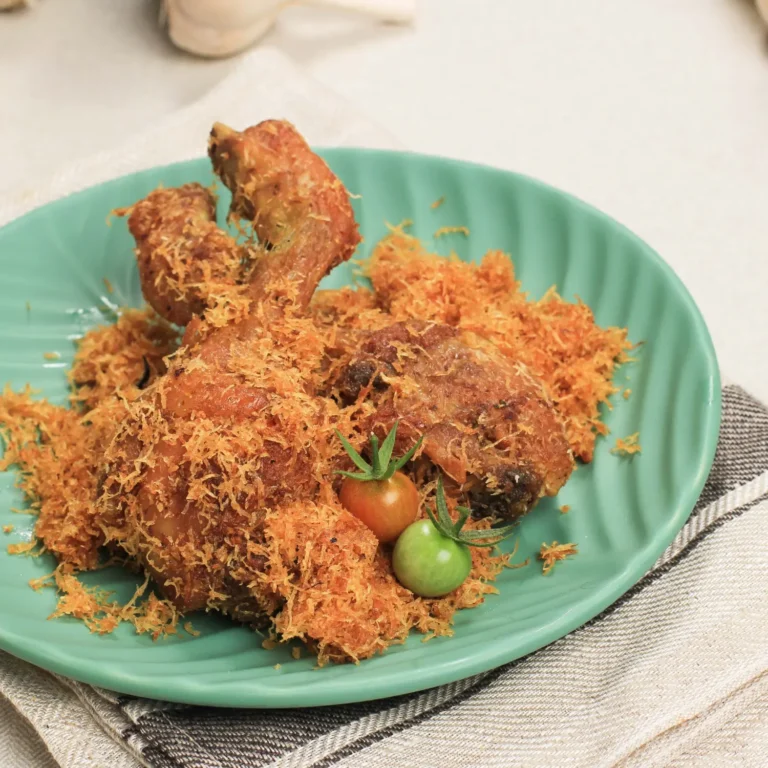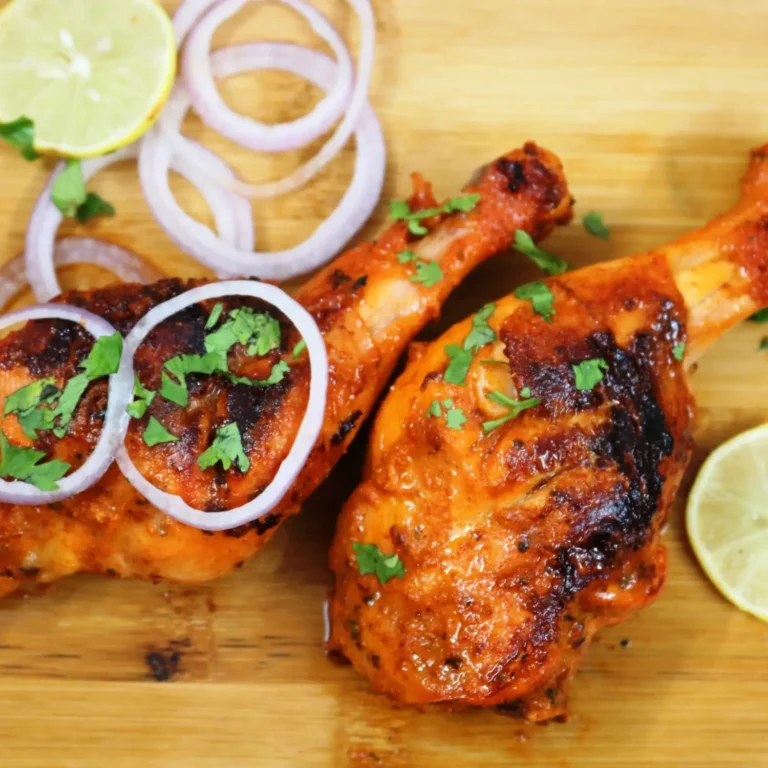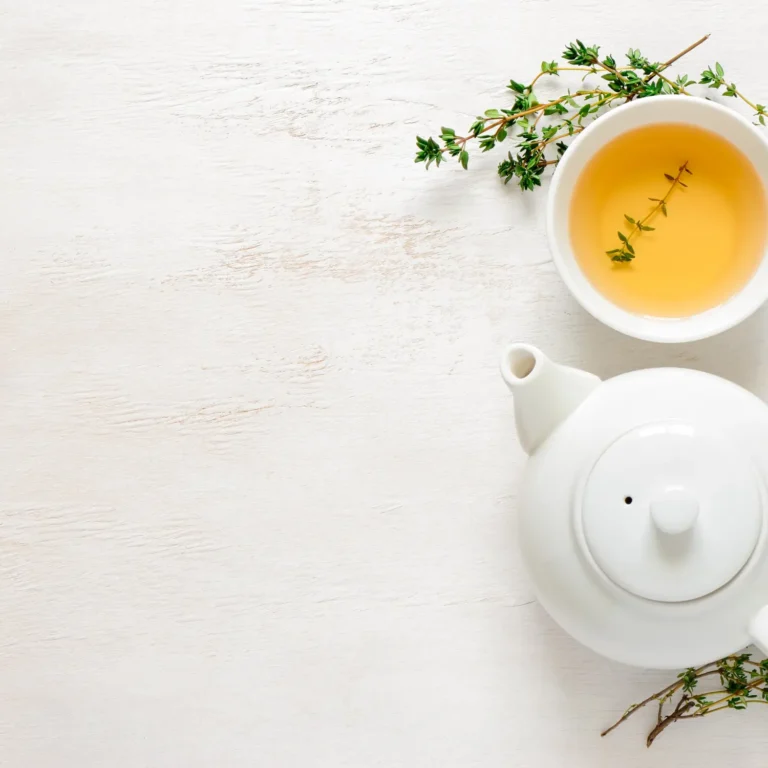Savor the Spices: Mutton Karahi Adventures Await!
Mutton Karahi is more than just a dish; it’s a symphony of spices and tender meat that beckons one to embark on a flavorful journey. This article aims to delve into the history, preparation, cultural significance, and global appeal of Mutton Karahi.
Table of Contents
The Origins and History of Mutton Karahi
Tracing its origins back through centuries, Mutton Karahi has a historical significance that mirrors the diverse cultural heritage of South Asia. Initially prepared in copper vessels known as “Karahi,” this dish has evolved in both technique and taste, adapting to changing times and palates.
Ingredients that Define Mutton Karahi
At the heart of Mutton Karahi lies a blend of aromatic spices such as cumin, coriander, ginger, and garlic, each contributing to its distinctive taste. While the core ingredients remain consistent, variations in regional recipes add nuances to this beloved dish.
Cooking Mutton Karahi: Step-by–Step Guide
Achieving the perfect Mutton Karahi requires finesse in the cooking process. From marinating the meat to mastering the art of simmering with precision, a step-by-step guide will help enthusiasts replicate its authentic flavors in their kitchens.
Regional Variations: Taste Across Borders
The preparation of Mutton Karahi varies across regions, with Pakistan, India, and Afghanistan showcasing unique styles influenced by local spices and culinary traditions. Exploring these regional diversities adds a layer of complexity to its taste profile.
Mutton Karahi: A Culinary Delight in Culture
This dish isn’t merely a meal but a centerpiece of celebrations, family gatherings, and cultural events across South Asia. Its presence in these occasions symbolizes warmth, togetherness, and the joy of sharing a delicious meal.
Health Benefits of Mutton Karahi
Beyond its exquisite taste, Mutton Karahi offers nutritional benefits with its protein-rich meat and a blend of spices known for their health-promoting properties. However, balancing its indulgence with dietary considerations is essential.
Popular Accompaniments and Serving Styles
Pairing Mutton Karahi with naan, rice, or yogurt complements its flavors, while innovative plating techniques elevate its presentation, making it visually appealing and tempting to the palate.
Exploring the Global Appeal of Mutton Karahi
Despite its roots in South Asia, Mutton Karahi has gained international recognition and appreciation, finding a place in menus worldwide, albeit with adaptations to suit local preferences.
Mutton Karahi: Fusion and Innovation
Innovative chefs fuse traditional Mutton Karahi recipes with diverse culinary influences, creating contemporary adaptations that resonate with multicultural tastes, reflecting the evolving nature of gastronomy.
The Cultural Impact of Mutton Karahi
Portrayed in movies, celebrated in literature, and embraced by the global food community, Mutton Karahi has emerged as a cultural ambassador, shaping perceptions of South Asian cuisine on a global scale.
Tips for Cooking Mutton Karahi at Home
For enthusiasts eager to recreate this dish in their kitchens, simplified recipes and insights into common pitfalls to avoid will ensure a delightful culinary experience.
Authenticity vs. Adaptation: Finding the Balance
Preserving the authenticity of traditional recipes while embracing innovations is a delicate balance. Appreciating the roots while embracing new interpretations ensures the legacy of Mutton Karahi lives on.
Mutton Karahi: Beyond the Plate
Its consumption extends beyond the act of eating; Mutton Karahi fosters communities, sparks conversations, and evokes nostalgia, embodying emotions and memories beyond mere sustenance.
Conclusion
Mutton Karahi encapsulates the essence of South Asian cuisine, weaving together history, culture, and gastronomy in a single savory dish. Embrace the flavors, savor the spices, and embark on a culinary adventure that transcends borders.
FAQs
What makes mutton Karahi different from other meat dishes?
Mutton Karahi stands out due to its unique blend of spices and cooking method. The use of specific spices like cumin, coriander, ginger, and garlic, cooked in a “karahi” or wok, gives it a distinct taste and aroma compared to other meat dishes. Its rich flavors and tenderness make it a standout in South Asian cuisine.
Can I use substitutes for certain spices in mutton karahi?
While the traditional recipe calls for specific spices, you can experiment with substitutes based on your personal preferences. For instance, if a spice isn’t available, you might try alternatives that offer a similar flavor profile. However, it’s essential to maintain the essence of the dish while exploring substitutes.
Is mutton karahi a spicy dish, or can it be adjusted for milder tastes?
Mutton karahi can be customized to suit varying spice preferences. It’s typically known for its flavorful spices that provide a moderate to high level of heat. Adjusting the quantity of spices or opting for milder variants of certain spices can help achieve a less spicy version without compromising on taste.
Save this pin!
